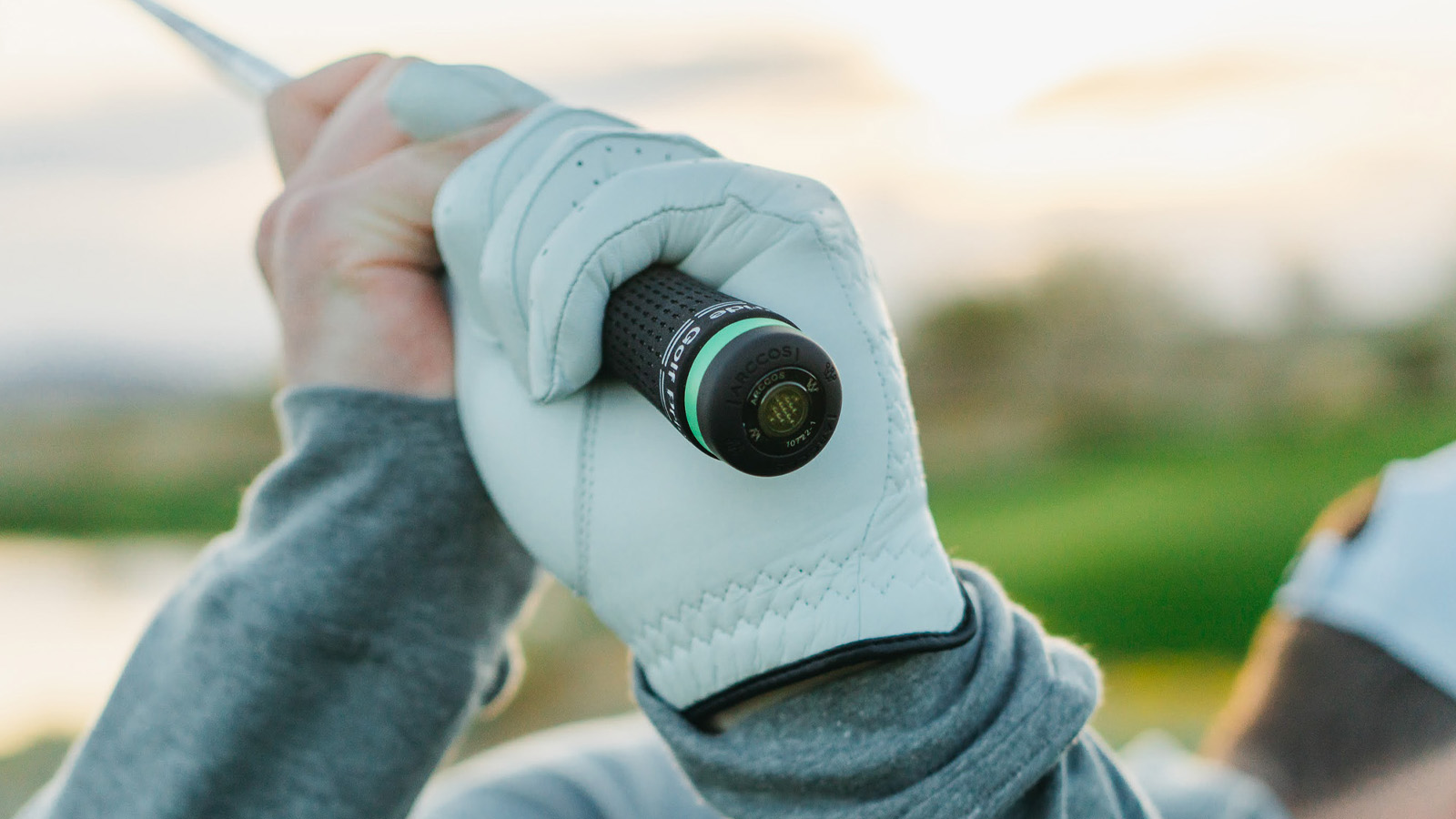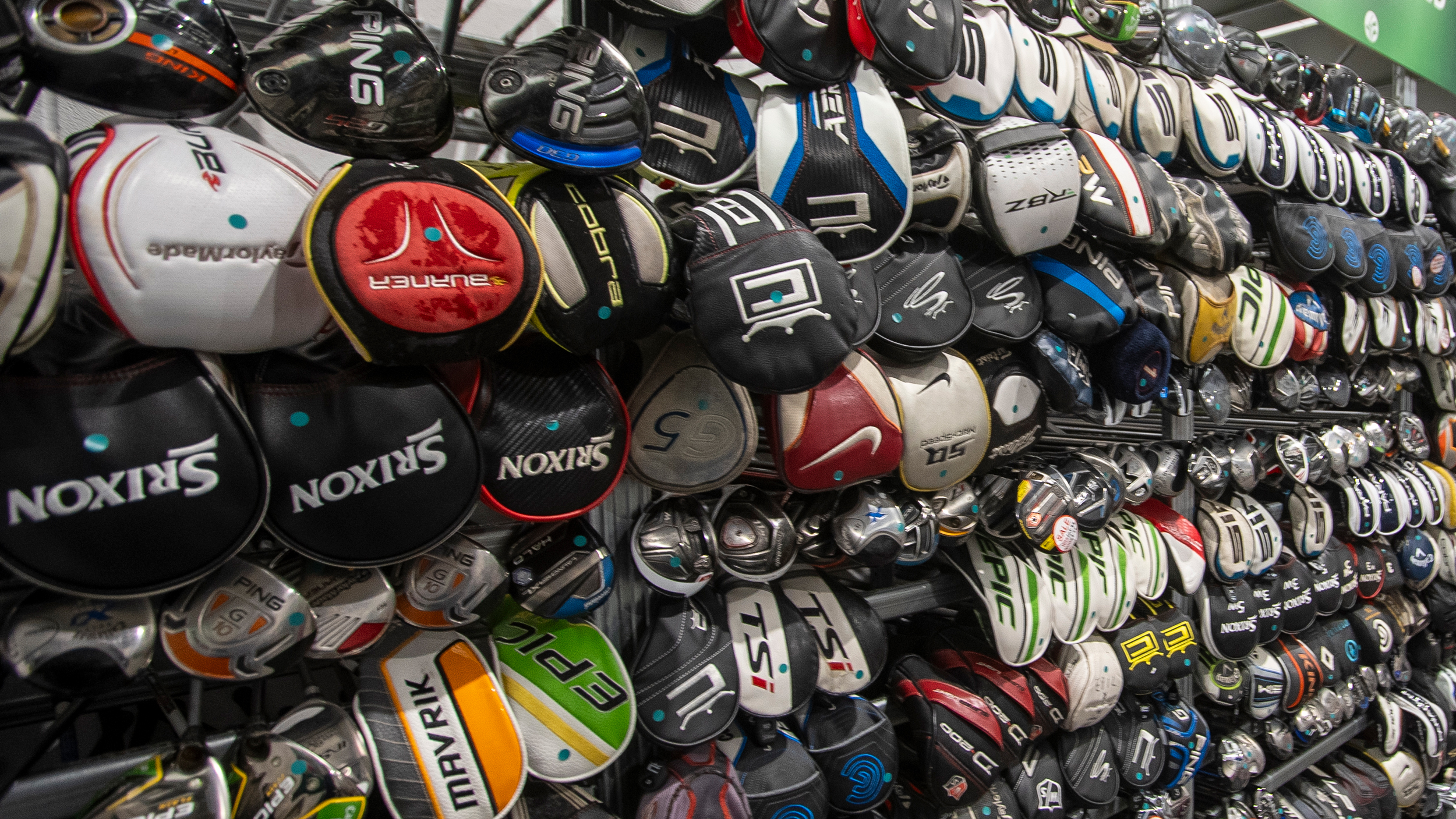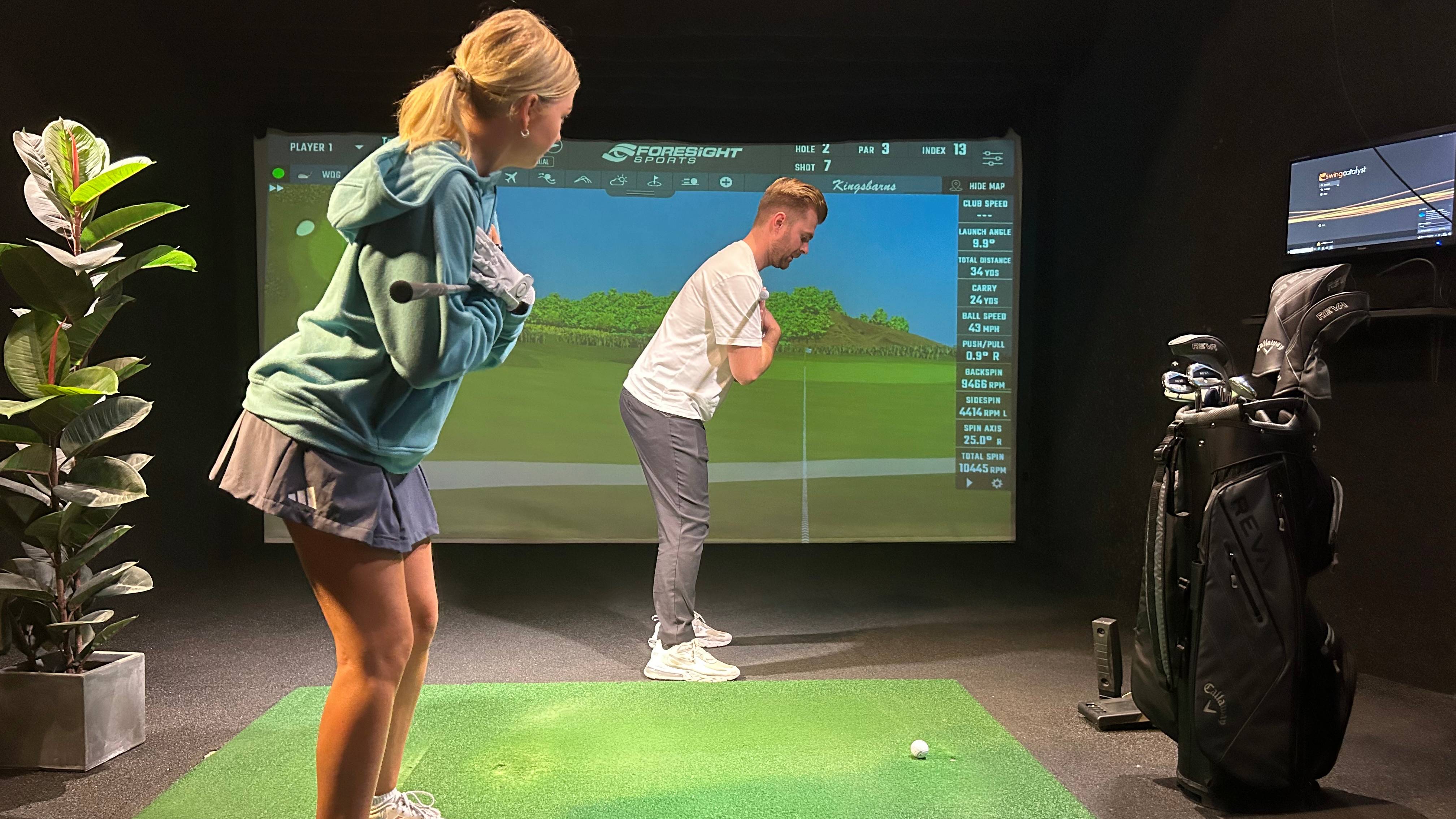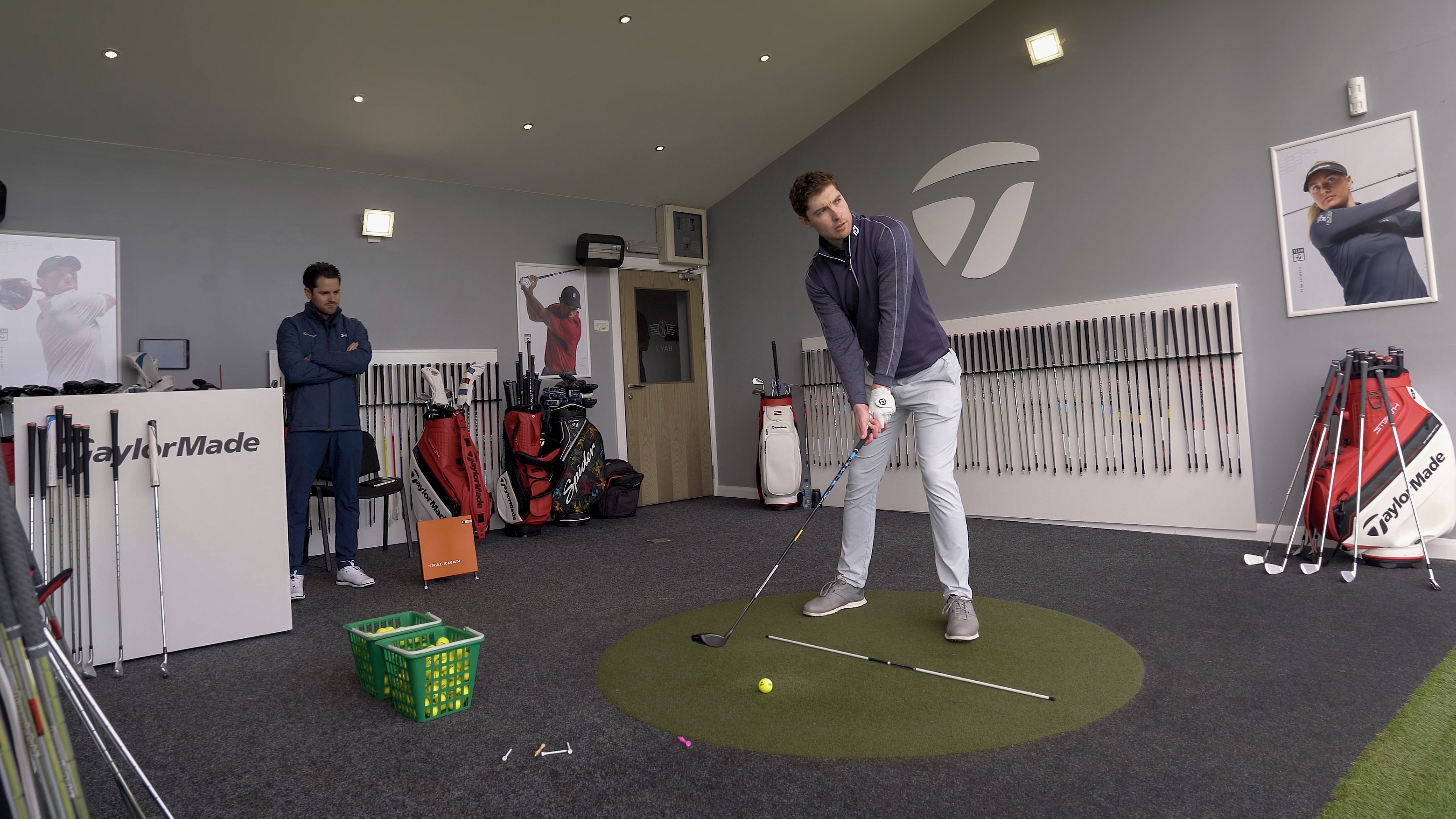
Are you thinking about buying a new driver? A host of new 2025 drivers look like they are about to be launched and many of you will find the temptation too much to resist. But don’t part with your hard-earned cash until you’ve answered these five questions, only then will you know if a new driver is really worth the money. Be honest with yourself - only then will you know if a new driver has the potential to solve all your tee-shot troubles...
1. Is driving really the worst part of your game?
You may think you drive it poorly, but how do you actually compare to golfers of a similar ability? Access to data is critical here. I’m an Arccos Smart Sensors user and I can see how my driving compares with the rest of my game, whether that's Strokes Gained driving, distance vs accuracy, average distance vs my handicap average as well as my most common miss. So if I know I’ve got a consistent miss to one side but am achieving good distance relatively speaking, it could be that I’m not aiming correctly or that I need to adjust the face angle or internal weighting to change the directional bias of the driver, which is a much cheaper fix! But if there are a lot of red flags throughout, it could be more than just a coincidence and that actually, investing in a new driver can be justified.

2. What’s your budget?
Let’s say you’ve weighed up the pros and cons and you’ve decided you need a new driver. But if you’ve not been keeping track of modern day equipment, you might be surprised to learn that the best modern day golf drivers are pretty expensive, pushing the £600 or $600 mark. For many golfers out there, this is an outlay that’s difficult to justify for the sake of being a few more yards down the fairway. Don’t get me wrong, these aforementioned premium drivers are expensive for a reason - the total performance you get when custom fitted is unmatched - but it’s important to recognise there are alternatives out there. Whether it’s brand new budget drivers or even going down the second hand route via retailers like golfclubs4cash, you can get some excellent products for a much smaller financial outlay. So work out what you’d be comfortable spending on a driver upgrade, shop around, ask questions and do your research.

3. Are you planning a technique change?
It’s really important that a driver is custom fitted to your swing, rather than you changing your swing to accommodate your driver. At this time of year, many golfers will often be going through a series of lessons to improve their swing which does somewhat throw a spanner in the works should you also be on the lookout for a new driver. The worst thing you could do is buy a new driver before or during a technique change as the performance characteristics of the club will likely change.

Adjustable drivers are capable of adapting to new delivery conditions through adjusting aspects like loft, lie and face angles - but the effect is limited and if the changes you’ve made to your swing are significant, your driver might not be fully optimised. So if you want a new driver and a new swing, engrain the new swing first and then invest in a new driver that reflects this. As an added benefit - if you’re happy with your new technique, having a new driver optimised for it will encourage you to really stick with it rather than reverting back to your old ways that you were holding you back.
4. Was your current driver custom fitted?
If the answer for you is no then you’ve almost certainly been missing out since you added it to your bag. A custom fitting is the process by which a golf club gets tuned to meet your very specific demands. Every golfer swings and delivers the club in a unique way and a custom fitting is the only way to get it to match up with your swing to optimise key areas like launch, spin, apex and ultimately distance as well as accuracy. A driver off the shelf could work pretty well, but a custom fitting is the only way to know with any confidence that a driver is truly maxed out for you.

5. Why are you buying a new driver?
This ties into the deeper motivation behind you wanting to buy a new driver. Are you fed up being outdriven by your friends? Perhaps some speed training would help. Are you constantly missing fairways? You could argue a series of lessons would be a more cost effective way of straightening out your drives. Do you just like the latest and greatest clubs used by the world’s best players in your bag? If so, it sounds like you’ve already made your mind up. But just because a new driver works in the hands of Rory McIlroy every year, doesn’t mean it will work wonders for you. Don’t expect to be hitting the ball 10 yards further either, especially if your current driver is no more than a few years old and was custom fitted. Our testing down the years has shown driver distance gains to be pretty marginal and very player dependent, so its important expectations are managed regarding any notable performance increases.







